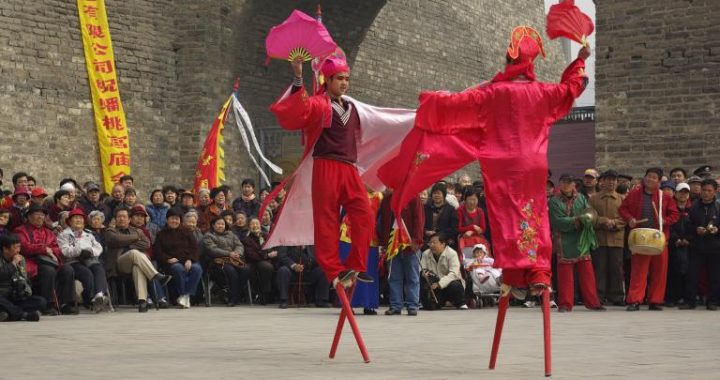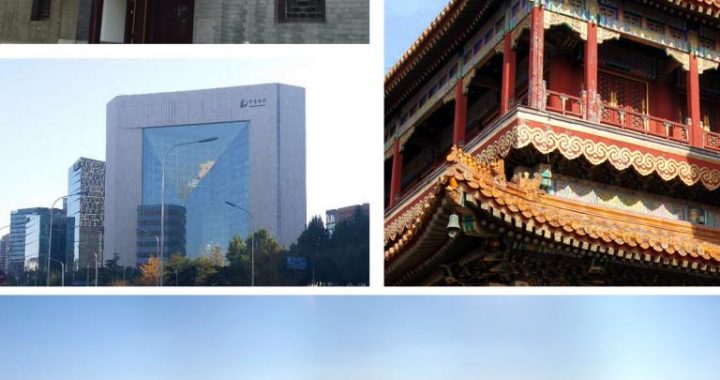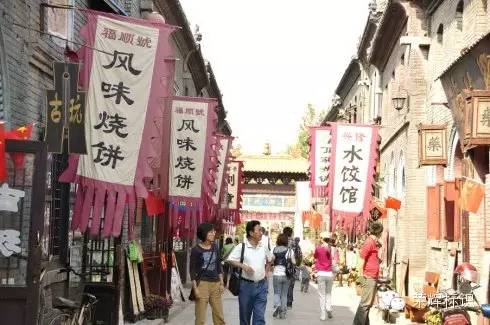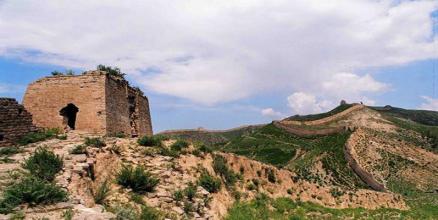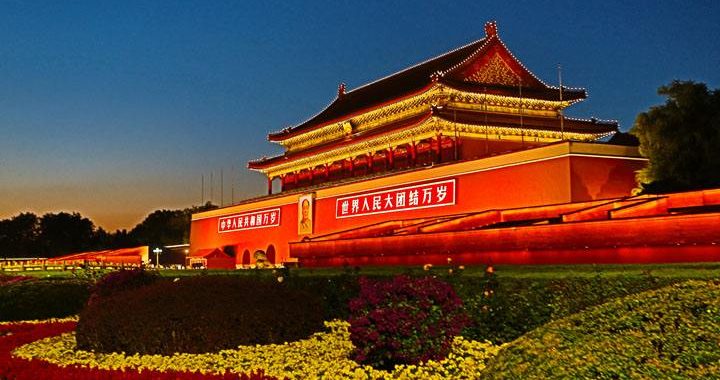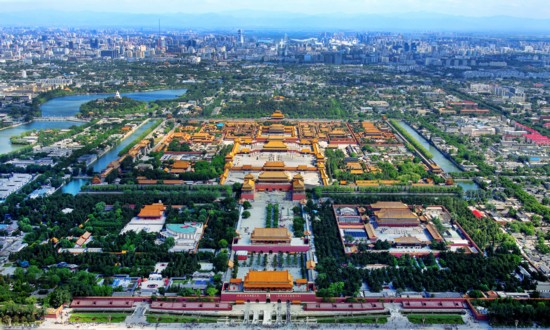Early Imperial History
5 min readDuring the first one thousand years of Chinese imperial history,Beijing was a provincial city on the northern periphery of China.
Dynasties with capitals in the Central and Guanzhong Plains used the city to manage trade and military relations with nomadic peoples of the north and northeast.
The Qin Dynasty built a highly centralized state and divided the country into 48 commanderies(jun),two of which are locatedin present Beijing.The City of Ji became the seat of Guangyang Commandery.In the north,in present-day Miyun County,was Yuyang Commandery.The Qin removed defensive barriers dividing the Warring States,including the southern wall of the Yan,which separated the Beijing Plain from the Central Plain,and built a national roadway network.Ji served as the junction for the roads connecting the Central Plain with the north and northeast The First Emperor visited Ji in 215 BC and,had the Great Wall built in Yuyang Commandery and fortified Juyong Pass.
The Han Dynasty,which followed the short-lived Qin in 206 BC,initially restored some local autonomy.Founding Emperor Liu Bang recognized a number of regional kingdoms including Yan,ruled by Zang Tu,who had joined revolt against the Qin,seized the City of Ji and sided against Liu Bang in the war against Xiang Yu for supremacy.
But Zang rebelled and was executed,and Liu granted the kingdom to his childhood friend Lu Wan.Later Liu became mistrustful of Lu,and the latter fled the City of Ji to join the Xiongnu tribes of the steppes.
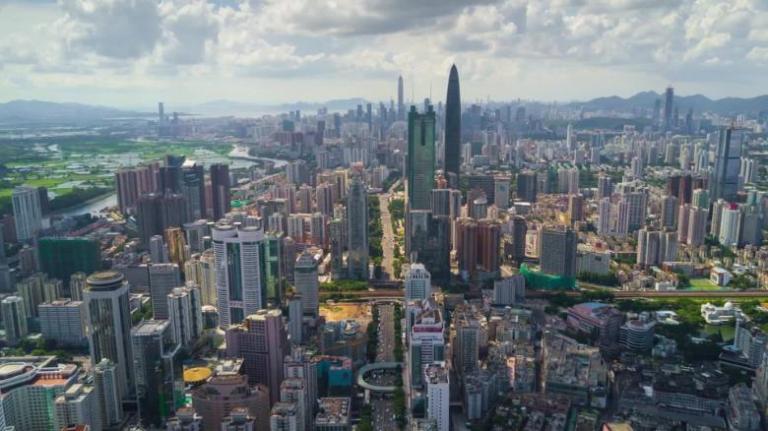
Liu Bang’s eighth son took control of Yan,which was subsequently ruled by lineal princes of the imperial family from the City of Ji.then known as Yan Commandery and the Principality of Guangyang,In the early Western Han,the four counties of Guangyang Principality had 20,740 households and an estimated population of 70,685.
In 106BC,under Emperor Wu of Han,the country was 三reorganized into 13 prefectural-provinces and the City of Ji served as
the prefectural capital for Youzhou.The tomb of Liu Jian,the Prince of Guangyang who ruled Youzhou from 73 to 45 BC,was discovered in 1974 in Fengtai District.In 1999,another royal tomb was found in Laoshan in Shijingshan District but the prince formerly buried there has not been identified.
During the early Eastern Han Dynasty in AD57,the five counties of Guangyang Commandery had 44,550 households and estimated
280,600 residents.By population density,Guangyang ranked in the top 20 among the 105 commanderies nationally.In the late Eastern Han,the Yellow Turban Rebellion erupted in Hebei in AD184 and briefly seized Youzhou.The court relied on regional militaries toput down the rebellion and Youzhou was controlled successively by warlords Liu Yu,Gongsun Zan,Yuan Shao and Cao Cao.In 194,Yuan Shao captured Ji from Gongsun Zan with the help of Wuhuan and Xianbei allies from the steppes.Cao Cao defeated Yuan Shao in 200 and the Wuhuan in 207 to pacify the north.During the Three Kingdoms,the Kingdom of Wei founded by Cao Cao’s son controlled ten of the Han Dynasty’s prefectures including Youzhou and its capital Ji.
Jiwas demoted to a mere county seat in the Western Jin Dynasty,which made neighboring Zhuo County,in present-day Hebei Province,the prefectural capital of Youzhou.In the early 4th Century,the Western Jin Dynasty was overthrown by steppe peoples who had settled in northern China and a series of mostly short-lived kingdoms were established.During the so-called Sixteen Kingdoms period,Beijing was controlled successively by the Di-led Former Qin,the Jie-led Later Zhao and the Xianbei-led Former Yan and Later Yan.In 352,Prince Murong Jun moved the capital of the Former Yan Kingdom from Liaodong to the Ji,making the city a sovereign capital for the first time in over 500 years.Five years later,the Former Yan’s capital was moved further south to Ye in southern Hebei.The Northern Wei,another Xianbei regime,eventually united northern China in 397,and restored Ji as the capital of Youzhou.This designation continued through the remainder of the Northern Dynasties,the Eastern Wei,Northern Qi and Northern Zhou.
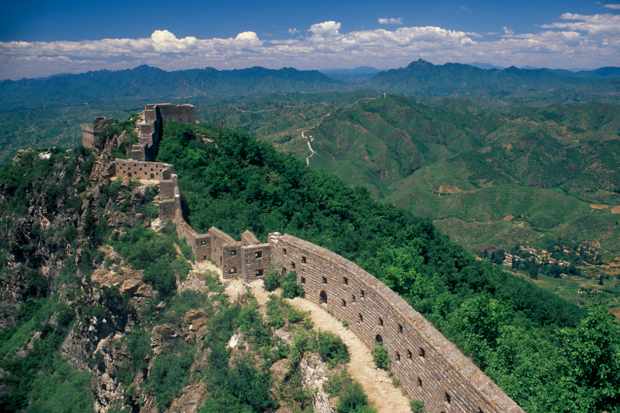
In 446,the Northern Wei built a Great Wall from Juyong Pass west to Shanxi to protect its capital Datong from the Rouran.In 553- 56,the Northern Qi extended this Great Wall eastward to the Bohai Sea to defend against the Goktirks,who raided Youzhou in 564,578 and 581.Centuries of warfare severely depopulated northern China.During the Eastern Wei(534-550),Youzhou,Anzhou(modern Miyun)and East Yanzhou(modern Changping)had a combined 4,600 households and about 170,000 residents.
After the Sui Dynasty reunited China in 589,Youzhou was renamed Zhuojun or the Zhuo Commandery,which was administered from Ji.In 609,Zhuo Commandery and neighboring Anle Commandery(modern Miyun)had a combined 91,658 households and an estimated population of 458,000.Emperor Yang of Sui built a network of canals from the Central Plain to Zhuojun to carry troops and food for the massive military campaigns against Goguryeo(Korea).In 645,the Tang Emperor Taizong founded the Fayuan Temple 3 km southeast ofJi to remember the war dead from the Korean Campaigns. Temple,now within Xicheng District,is one of the oldest temples in urban Beijing.
The Tang Dynasty reduced the size of a prefecture from a province to a commandery as a unit of administrative division,and renamed Zhuojun back to Youzhou.With the creation of a separate prefecture called Jizhou in present-day Tianjin in 730,the name Ji was transplanted from Beijing to Tianjin,where a Ji County still exists today.During the prosperous early Tang,Youzhou’s ten counties tripled in size from 21,098 households and about 102,079 residents to 67,242 households and 371,312 residents.In 742,Youzhou was renamed Fanyang Commandery,but reverted to Youzhou in 762.
To guard against barbarian invasions,the imperial court created six frontier military commands in 711,and Youzhou became the headquarter of the Fanyang Jiedushi,who was tasked to monitor the Khitan and Xi nomads just north of present-day Hebei Province.In
755,An Lushan,the local commander,launched a rebellion from Fanyang after losing a power struggle in the imperial court.He declared himself the emperor of the Great Yan Dynasty.After An’s death,Shi Siming continued the rebellion from Fanyang.The An-Shi Rebellion lasted eight years and severely weakened the TangDynasty.For the next 150 years,military governors ruled Youzhou autonomously.

When the Tang Dynasty was overthrown in 907 by the Later Liang Dynasty,Youzhou remained independent and its military governor Liu Shouguang declared himself emperor of the Yan Dynasty in 911.This regime was ended in 913 by Shatuo Turk general Li Cunxu who went on to found the Later Tang Dynasty in 923.The disintegration of the Tang Dynasty into the Five Dynasties and Ten Kingdoms paved the way for the Khitan expansion into northern China,which prompted the rise of Beijing in Chinese history.
The nomadic Khitan people were united under Emperor Yeli Abaoji in 907 and from 917 to 928 were repelled in seven attempts to take Youzhou.In 936,a rift in the Later Tang court allowed Yeli Abaoji to help another Shatuo Turk-general Shi Jingtang found the
The History and Culture Foreigners are Most nterested in third of the Five Dynasties,the Later Jin.Shi Jingtang then ceded sixteen prefectures across the northern frontier including Youzhou(modern Beijing)to the Khitans’Liao Dynasty.

